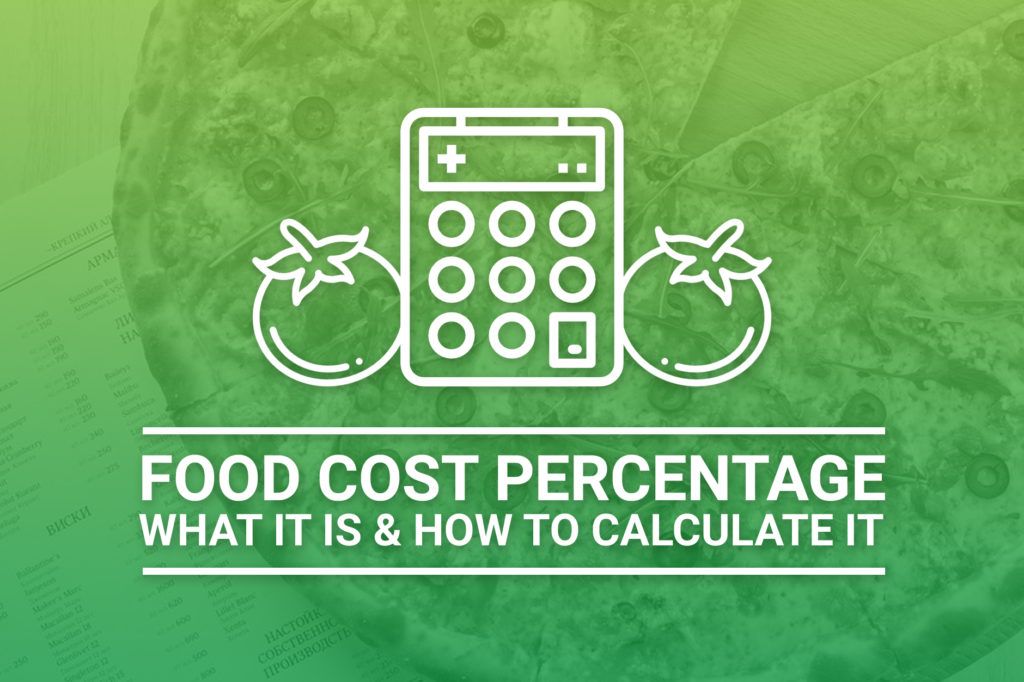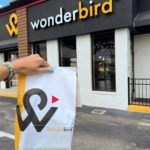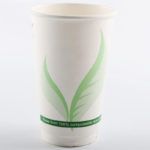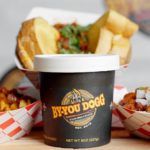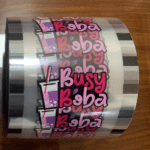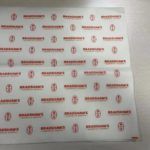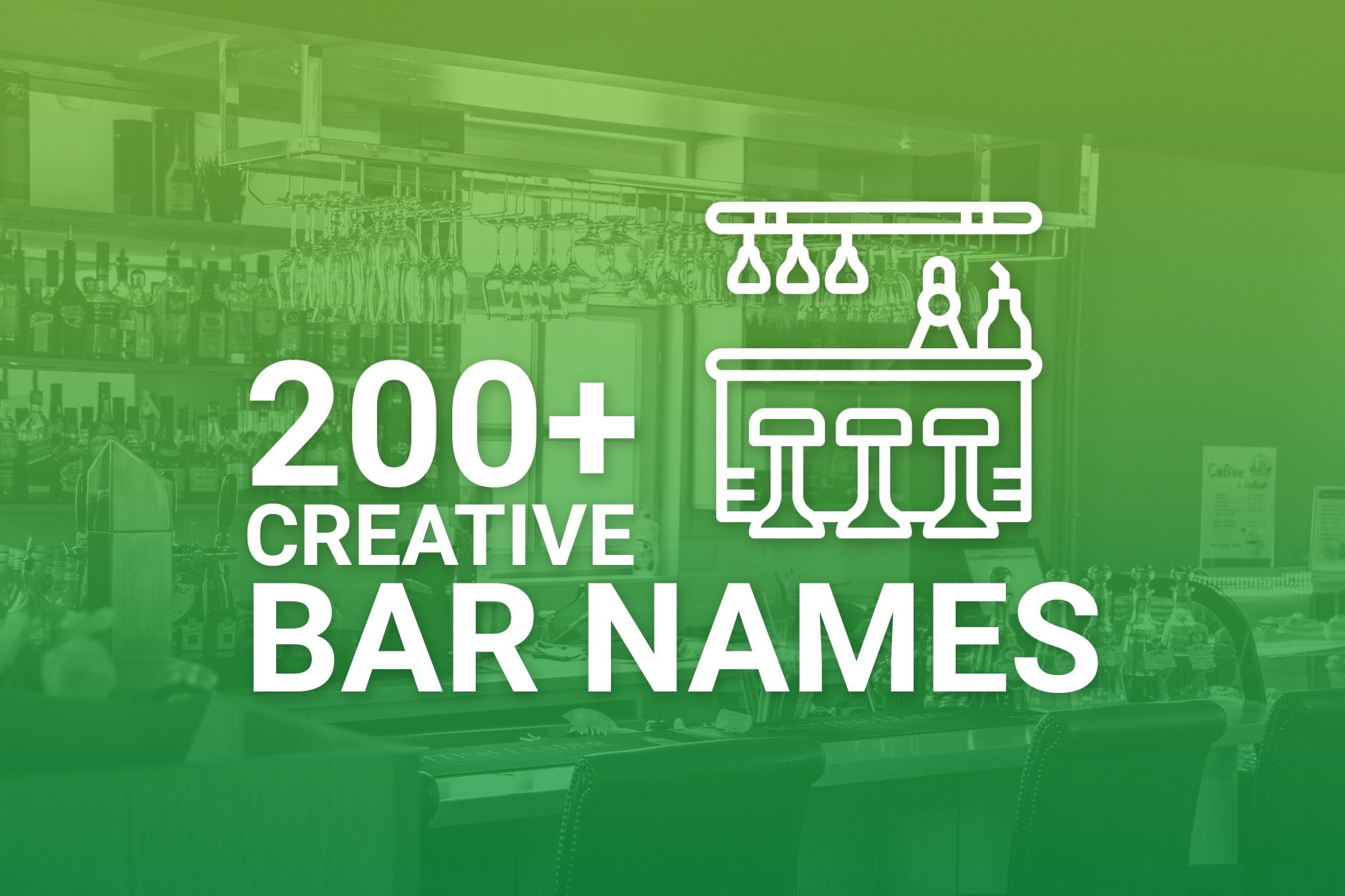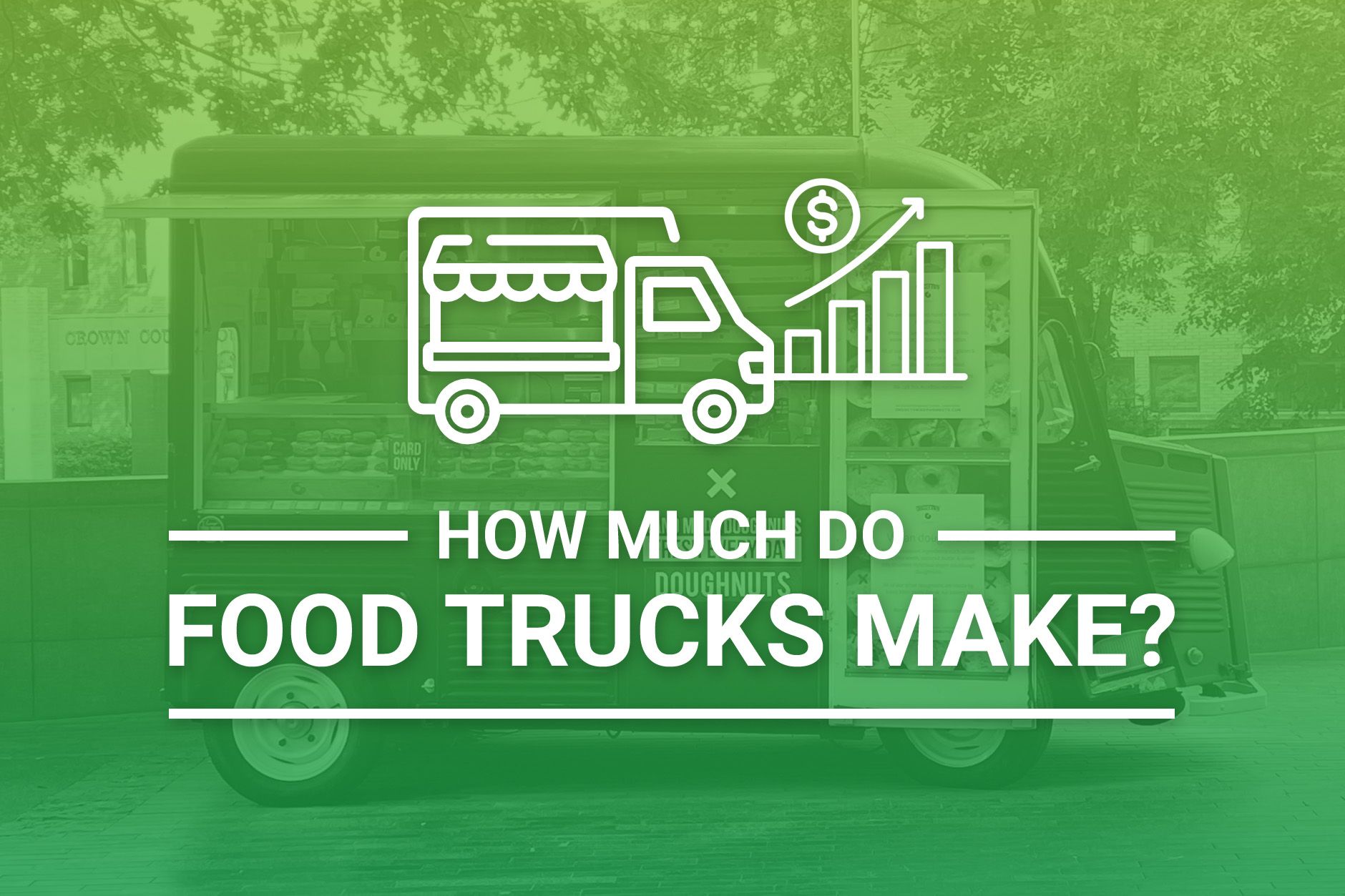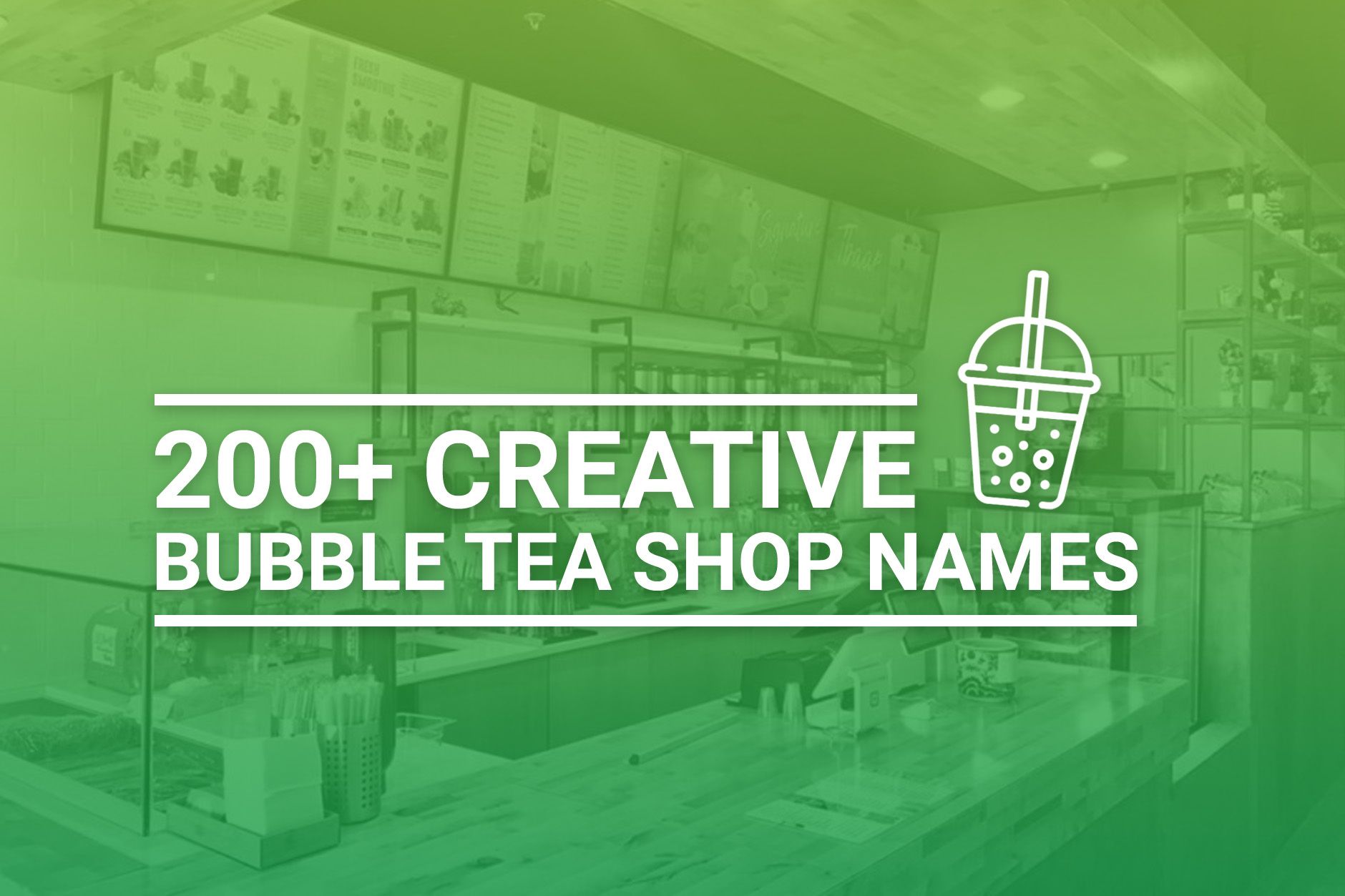In the best of times, running a restaurant can be a challenge, with tight margins, high turnover, and a demanding schedule. In the past few years, it has become even more difficult.
Restaurants across the country are facing dire circumstances due to issues like COVID-19, inflation, and even wars that are affecting the price of food.
One way that many restaurant owners can tighten their belts and increase their profits is by calculating and reducing their food cost percentages. This technique can be used at any time, not just during a health crisis or during periods of high inflation.
Determining your food cost percentage is the most effective way to ensure that your restaurant thrives. By taking a close look at your food costs, you can tailor your menu and make changes to remain profitable. Below, we outline the basics of the food cost percentage, including how you can calculate it for your own menu.
Based in Michigan, Budget Branders works with restaurants throughout the United States to help them create high-quality promotional products that they need at a fair price. We have a full range of disposable products, each of which can be printed with your restaurant’s name and logo. Reach out to a member of our branding team to learn more.
What Is Food Cost Percentage?
Food cost percentage is a way to determine how much your restaurant makes on any given dish. An item’s food cost is the ratio of ingredients and the revenue that those ingredients generate when sold. It is always expressed as a percentage.
The Easiest Way To Think About Food Cost Percentage
The easiest way to think about food cost percentage is in terms of how much you make for each dollar in food sales. For example, if your food cost percentage is 30%, then for every dollar in sales that your restaurant brings in, you will be spending 30 cents on the food or raw ingredients required to make the food.
Food cost is often used to determine the price of a dish in a restaurant. Business owners want to make sure that they aren’t selling their products at a loss, so they use this number to set a price. For example, if a restaurant sells a basket of chicken wings that has $3.00 in ingredients (chicken, sauce, celery, blue cheese dressing), then it will want to set the price for that basket of wings over $3.00 based on their preferred food cost percentage.
Food cost percentage can be calculated for a restaurant as a whole, a single location, or even for a specific menu item. For example, if your food cost percentage for chicken wings is 27%, then you are spending 27 cents on food for every dollar of wing sales.
What Food Cost Percentage Doesn’t Account For
Of course, food cost percentage is just one factor that goes into how much profit your restaurant will make. You will also have to take labor, utilities, rent or mortgage expenses, and other costs when you figure out what to charge and how to turn a profit. However, it is critical to understand how much money you are spending on raw ingredients as a percentage of the price of a particular dish if you want to keep costs under control and profits high.
Why Is Food Cost Percentage Important?
Food cost is one of the key indicators of profitability for a restaurant. If a restaurant allows its food costs to get too high in relation to menu prices, its profit margins become even tighter — and the business may fail.
Restaurants run on incredibly tight margins as it is. Any change in the price of goods or the number of sales can significantly affect a restaurant’s bottom line. For example, if the price of meat shoots up (as it did during the COVID-19 pandemic), then it can impact profitability unless the menu price changes as well.
Understanding food cost percentages is critical to running a successful restaurant. If your food cost percentage is too high, then you might not be able to turn a profit. Conversely, if it is too low, you may be overcharging – and that could be reflected by low sales.
Consider the chicken wing example above. If your food cost percentage is 50% for those wings, then you’ll only be making 50 cents per dollar – which may not be enough to stay afloat, particularly if other menu items have similarly high food cost percentages. On the other hand, if the food cost percentage for the wings is 15%, it may be a sign that the price is too high – which could turn off customers.
If you find that your food cost percentage for a particular menu item – or for your restaurant – is too high, then you may need to raise prices, switch to lower-cost ingredients when possible, or remove the item from the menu entirely. For example, in response to rising food costs due to inflation in 2022 and 2023, many restaurants chose to increase prices to ensure that they could remain profitable.
When you have a dish that has a particularly low food cost percentage, it can be helpful to promote it more to boost sales. For example, some menu items may be relatively inexpensive to make – but you can charge a fairly high price for the finished dish. Pushing items with lower food cost percentages – such as by having servers talk them up as their favorite dishes – can help increase overall profits.
Calculating food cost percentage is a necessary step to set menu prices, but it has other benefits as well. When you understand the food costs for each item on your menu, you will have a better idea of whether your ingredients are too costly. If your percentages are high, it may be time to find different food suppliers or to renegotiate terms with existing suppliers. In this way, you can maximize profits and ensure that your restaurant profit margin is as high as possible.
Ultimately, there are three primary benefits to calculating the food cost percentage for your restaurant. First, you can price each menu item appropriately and then promote the items with the lowest food cost percentage, which can increase profits. Second, you can change up your menu as needed to remove items that simply are not profitable. Third, you can use food cost percentages to monitor price changes so that you can protect your business from the ups and downs of supply chain fluctuations.
By closely monitoring food cost percentages, restaurant owners can know when to change menu prices, look for new suppliers, or even switch up their menu entirely to stay profitable. While doing this requires a certain amount of work, it is critical to your success as a restaurateur.
What Is A Good Food Cost Percentage?
There really isn’t a single percentage that could be considered good for the entire restaurant industry. Food cost percentage is going to vary depending on a number of factors, including location, type of food served, complexity of dishes, and more.
While there may not be a “good” food cost percentage, you can benchmark your food cost percentage against the average range. On average, many restaurants aim to keep food costs between 28 and 35% of their revenue. This number can vary significantly based on a particular business’ needs. Fast food restaurants or restaurants in smaller towns can still operate profitably with a food cost percentage above 35%.
When you are sitting down to figure out your food cost percentage, remember that while 28 to 35% is a good guideline, it isn’t necessarily the best option for your restaurant. To determine that number, you will need to calculate your restaurant’s ideal food cost percentage (explained below). You can also take into account other factors, such as the comparatively high-profit margins on things like alcoholic beverages.
How Can I Figure Out My Food Cost Percentage?
Calculating food cost percentages isn’t difficult. However, it can be a bit time-consuming, as you gather information related to your expenses, break down those expenses into individual servings, and put together data on your sales. To get started, you will need three things:
- Inventory cost, including both the value of your inventory at the beginning of the week and the value at the end of the week
- Purchases made during the week
- Total food sales
The Food Cost Formula
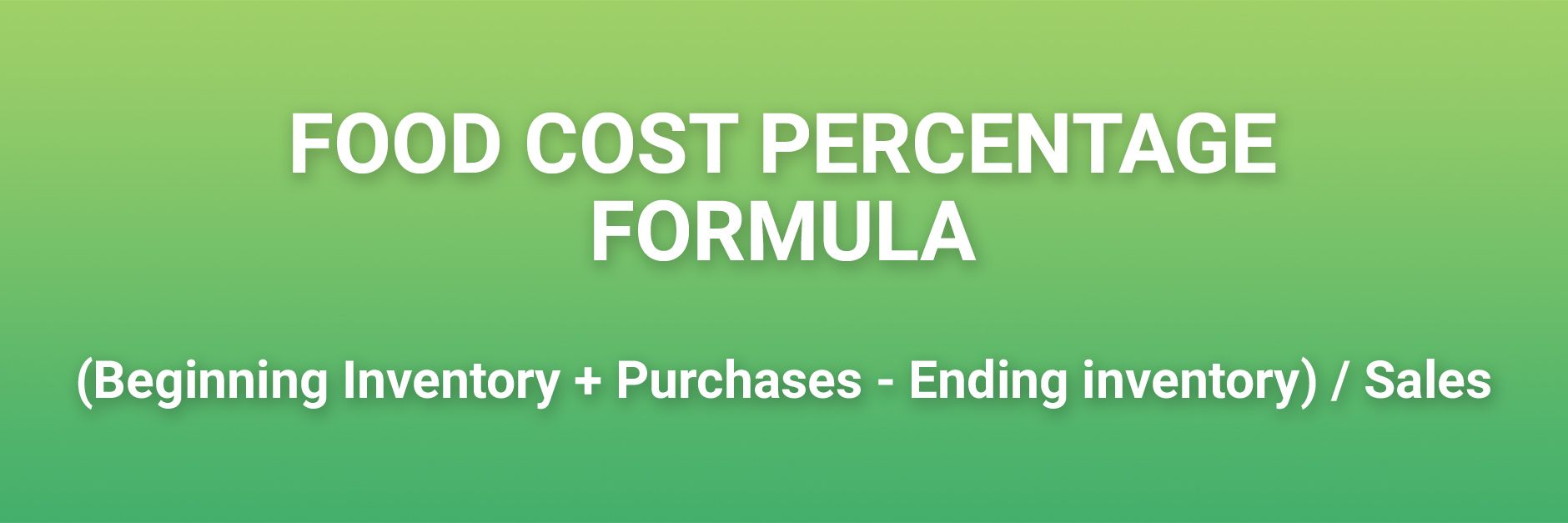
You can calculate food cost percentage by using this simple food cost formula:
Food Cost Percentage = (Beginning Inventory + Purchases – Ending Inventory) / Sales
This formula can be used to determine your total food cost percentage or the percentage for your restaurant as a whole.
To calculate the food cost percentage, add the value of the inventory at the beginning of the week to the value of your purchases made during the week. Then subtract the value of your inventory at the end of the week. This number — your food costs — is then divided by your total food sales. We’ve created a free food cost calculator you can use below so that you don’t have to run these calculations by hand.
For food cost percentage per menu item, you will need to tweak the formula slightly: total cost of dish per serving for ingredients divided by the menu price of the dish x 100. For example, if it costs you $6 in ingredients to make a large pepperoni pizza, and you have it priced at $18, then your food cost percentage is 33% (6 divided by 18 times 100 = 33).
Importantly, many software programs can automatically calculate food cost percentages. By integrating your point of sale (POS) system with inventory management software, you can quickly learn individual food cost percentages for each menu item. You can also track sales and see if you need to make any adjustments based on the food cost percentage.
We’ve created a free food cost calculator you can use below, so that you don’t have to run these calculations by hand.
Calculate Your Food Cost Percentage
Enter the total dollar value of your food supplies available at the beginning of the period.
Enter the dollar value of food supplies you purchased during the period.
Enter the total dollar value of your food supplies available at the end of the period.
Enter in your total sales for the period.
Food Cost Percentage
%
For example, if you have a beginning inventory value of $15,000 at the start of the week, made $3,000 in purchases throughout the week, and had an ending inventory value of $12,000, your food costs were $6,000 ($15,000 + $3,000 – $12,000 = $6,000). If your total food sales were $14,000, then your food cost percentage is 42.85% ($6,000 divided by 14,000 = 0.4285). This means that 42.85% of your total revenue went towards paying for ingredients, which is higher than average.
For many restaurants, a food cost percentage of 42.85% is too high. There are a number of ways that this hypothetical restaurant can cut costs and reduce its actual food cost percentage to meet its ideal food cost percentage.
For example, if the restaurant’s food costs went up due to waste in the kitchen, the owner could work with the chef and staff to reduce costs associated with spoiled foods or throwing too many ingredients away.
Calculating Ideal Food Cost Percentage
The actual food cost formula accounts for theft and waste by factoring in your ending and starting inventory. In an ideal world, there would be no theft or food waste. If you’re working to eliminate food theft and waste, you can calculate your ideal food cost percentage. The ideal food cost percentage only accounts for total costs and sales for each menu item. The closer your actual food cost percentage gets to your ideal food cost percentage, the more you’ll have reduced food waste and theft.
The ideal food cost formula is as follows:
Ideal Food Cost Percentage = Total Cost Per Dish / Total Sales Per Dish
You can determine your ideal food cost percentage by dividing your total food costs for a set period of time by the total food sales for that same period. For example, if your total food costs are $3,000 and your total food sales are $8,800, then your ideal food cost is 0.34, or 34%.
Once you know your ideal food percentage, you can use this number to set menu prices — and to reconfigure them as necessary. Consider a restaurant that sells a turkey club sandwich with fries for $12.99. The cost per serving of this is $4.75. When you divide $4.75 by 0.34 (the ideal cost percentage for this restaurant), you get $13.97. This menu item is underpriced and currently represents a food cost of 36.5%. Pricing it at $13.99 will ensure that the restaurant stays on track financially.
Going through your menu to determine the food cost per serving and determining whether it meets your ideal food cost percentage may seem tedious. But in the restaurant business, where every penny counts, it is vital to your success.
How To Decrease Your Food Cost Percentage
There are several things you can do to reduce your food cost percentage if your percentage is too high. These tips can also help to increase your profitability as a restaurant.
- Add more carbs to the menu: Carbs are more filling than protein or fat and they tend to be cheaper than other ingredients. You can buy carbs like pasta and potatoes in bulk at very affordable prices.
- Raise menu prices: Has it been a while since you’ve raised your menu prices? It could be time to revisit your prices and consider raising prices to match rising costs. Raising menu prices is the easiest way to decrease your food cost percentage.
- Shop for new ingredient vendors: Vendors change pricing all the time. Shopping for vendors is a never-ending cycle. You may have gotten the best price on tomatoes a year ago with your current vendor, but that may no longer be the case today. Occasionally reach out to new vendors for quotes to work on reducing your inventory costs.
- Keep portion sizes under control: Your prices are based on specific portions of food. It’s important to make sure staff is providing food portions that match what you’ve priced into the menu. If dishes are constantly being returned with large quantities of leftovers, or customers are frequently requesting boxes to take food home, it could be a sign that your portions may be too large and can be reduced. Smaller portions means less inventory used, which helps to decrease your food cost percentage.
- Reduce free items: Many restaurants will provide free baskets of bread or chips to guests. These free items will raise your food cost percentage. You don’t necessarily have to eliminate these free items, but you can place a limit of one free basket per table instead of offering unlimited free refills.
- Change your menu to match the season: Ingredients that are in-season tend to cost less than ingredients that are out-of-season. Changing your menu every season to feature seasonal ingredients can save you money and reduce your food cost percentage.
- Conduct a menu engineering analysis: A menu engineering analysis involves determining the exact cost of each menu item, categorizing menu items by profit and popularity, and then adjusting your menu to remove items with higher food cost percentages and promoting items with lower food cost percentages.
- Rewrite menu descriptions: Rewriting your menu descriptions can help you make lower food cost percentage items sound even more appealing.
- Minimize food waste: Minimize waste by ensuring that you are not over-ordering or over-prepping food. For example, if you are regularly throwing out produce because it goes bad before it can be used, then you may need to order less produce – or run specials designed to use up perishable items before they go to waste. Similarly, if your staff is preparing too much of a given item and it is getting tossed at the end of a shift, you may ask them to cut back on their preparations.
- Regularly track food cost percentages: Use technology to stay on top of your food cost percentages, inventory, and other factors. Running a restaurant requires constantly monitoring what may seem like 100 different things at once. Using restaurant software can reduce this burden by generating automatic reports. Just make sure that you are reviewing the reports regularly to keep on top of food cost percentages and other issues.
While food costs are one of your largest expenses, food isn’t your only expense. Keep in mind that there may be other ways to cut costs and increase profitability if you feel you’ve done all that you can with your food costs.
Want to Save More Money? We Can Help.
In the era of take-out and delivery, having affordable disposables is more important than ever. At Budget Branders, we know that small and medium-sized businesses can’t afford to order millions of cups, bags, and sleeves at a time. That is why we offer custom-branded disposable products at prices that make sense for you.
Expanding your brand reach can help ensure that your business survives. Using branded disposables is one great marketing strategy that can help to build your brand. We offer a full range of promotional items in smaller quantities and at fair prices, including custom plastic cups, custom paper cups, custom coffee cups, custom stadium cups, custom coffee sleeves, custom deli sheets, custom soup cups, custom dessert cups, custom deli containers, custom foil sandwich bags, custom paper bags, custom napkins, and more.
If you’re interested in learning more or would like a quote, contact us today by pressing the live chat button, calling 888-373-4880, or filling out a contact form.
